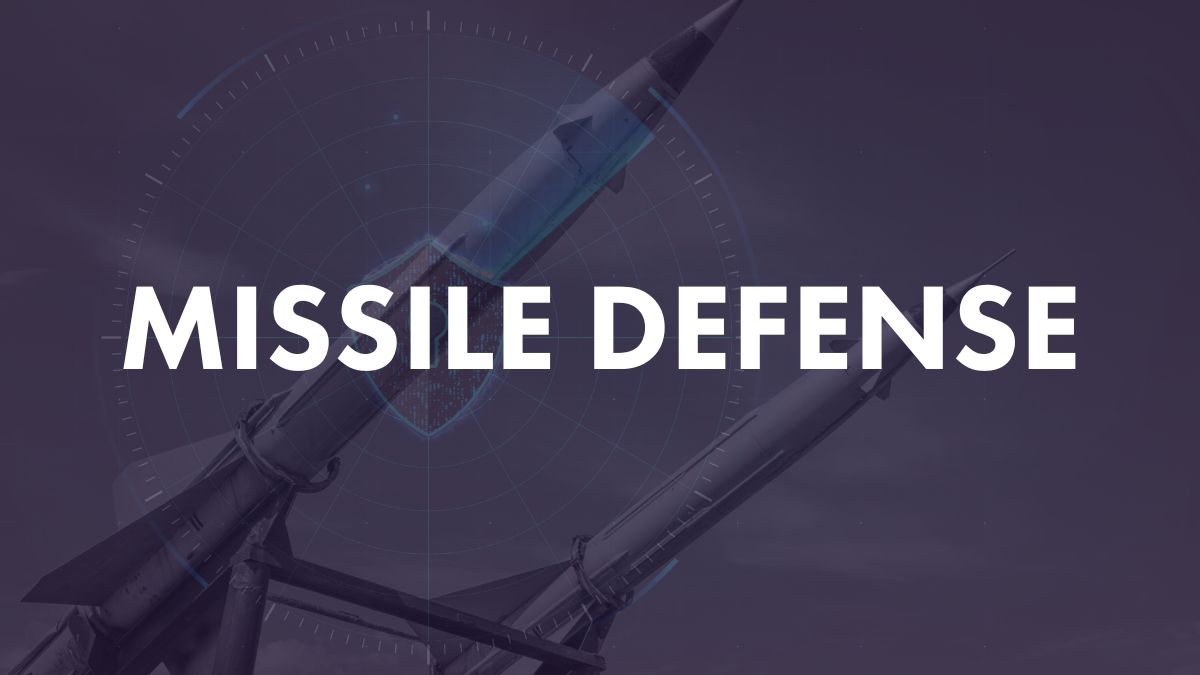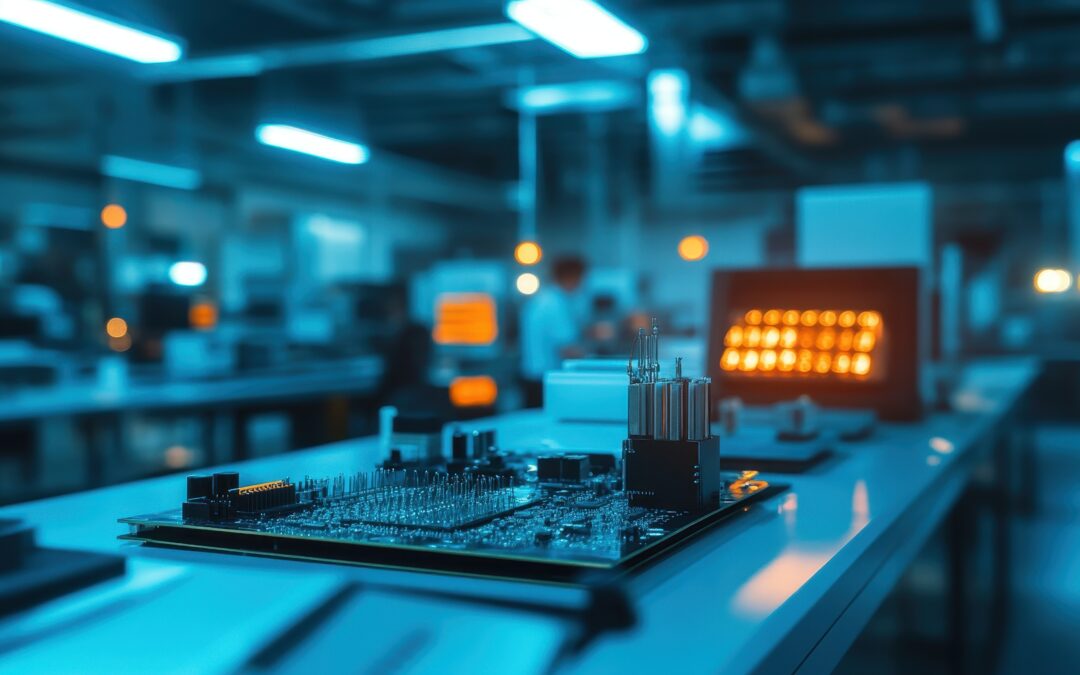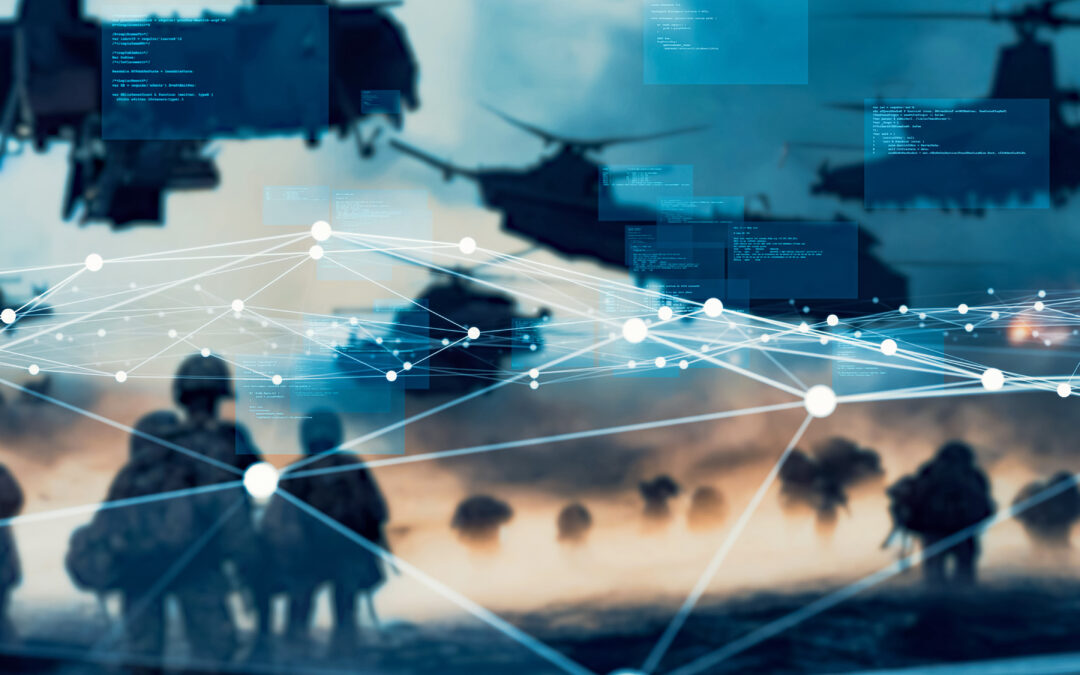Today’s Missile Defense Landscape
In the dynamic arena of global security, the United States stands at the forefront of missile deterrence initiatives, driven by a complex interplay of strategic imperatives and technological advancements. Nations invest heavily in missile capabilities for power projection and deterrence. Missile defense programs not only protect critical assets but also deter adversaries from using ballistic missiles for coercion. The Missile Defense Agency seeks $10.4 billion for its fiscal year 2025 budget, focusing on initiatives like the Next Generation Interceptor and defense enhancements around Guam.
Additionally, the upcoming Missile Defense Conference this month will highlight ongoing efforts to advance defense technologies and address emerging threats. This two-day event will include discussion amongst prominent policy makers, military leaders, and experts regarding classified and non-classified insights regarding the following:
- Developing & Strengthening Cooperative Missile Defense Ties with Allies & Partners
- Building a Smarter, Faster, More Effective Missile Deterrence System
- 21st Century Missile Defense Threats and Opportunities
Below, Performance Defense expands on missile deterrence technologies, challenges, and the opportunities that lie ahead.
What is Missile Defense
Missile defense refers to the methods, systems, and structures designed to detect, track, intercept, and destroy incoming missiles before they can reach their targets. These missiles could be armed with conventional or nuclear warheads and are typically launched with the intent of damaging military assets, population centers, or critical infrastructure. Missile deterrence systems vary widely, encompassing a range of technologies including ground-based interceptors, ship-based systems, and airborne solutions.
The concept encompasses several layers of defense to engage missiles at different phases of their flight: the boost phase (shortly after launch), the midcourse phase (when the missile is outside the Earth’s atmosphere), and the terminal phase (as the missile re-enters the atmosphere and approaches its target). Each phase requires different detection and interception technologies.
The following are the components of a missile defense system:
- Networked Sensors: ground, sea, and space-based radars for target detection and tracking
- Interceptors: ground- and sea-based interceptor missiles for destroying a ballistic missile using either the force of a direct collision, called “hit-to-kill” technology, or an explosive blast fragmentation warhead
- Command and Control: battle management and communications network providing the operational commanders with the needed links between the sensors and interceptor missiles
Opportunity for Advancement
Current challenges within missile deterrence systems are multifaceted, primarily focusing on the rapid advancement and deployment of hypersonic missiles by potential adversaries. These missiles present significant detection and interception difficulties due to their speed, maneuverability, and the lower altitude flight paths compared to traditional ballistic missiles. Technologies such as radar systems are struggling to keep pace with tracking hypersonic missiles efficiently because, by the time a radar system detects a hypersonic missile and attempts to lock on, the missile has often already moved past the target area. This challenge necessitates the development of new detection and tracking methods, possibly incorporating networks of radars or satellite systems with advanced optical sensors to leverage the heat signatures produced by hypersonic missiles’ high-speed flight.
Mission Systems Support
Performance Defense offers trusted software and hardware services to support a variety of mission systems, including missile deployment. Connect with our team of mission-critical experts today to learn how we can support your defense program.





